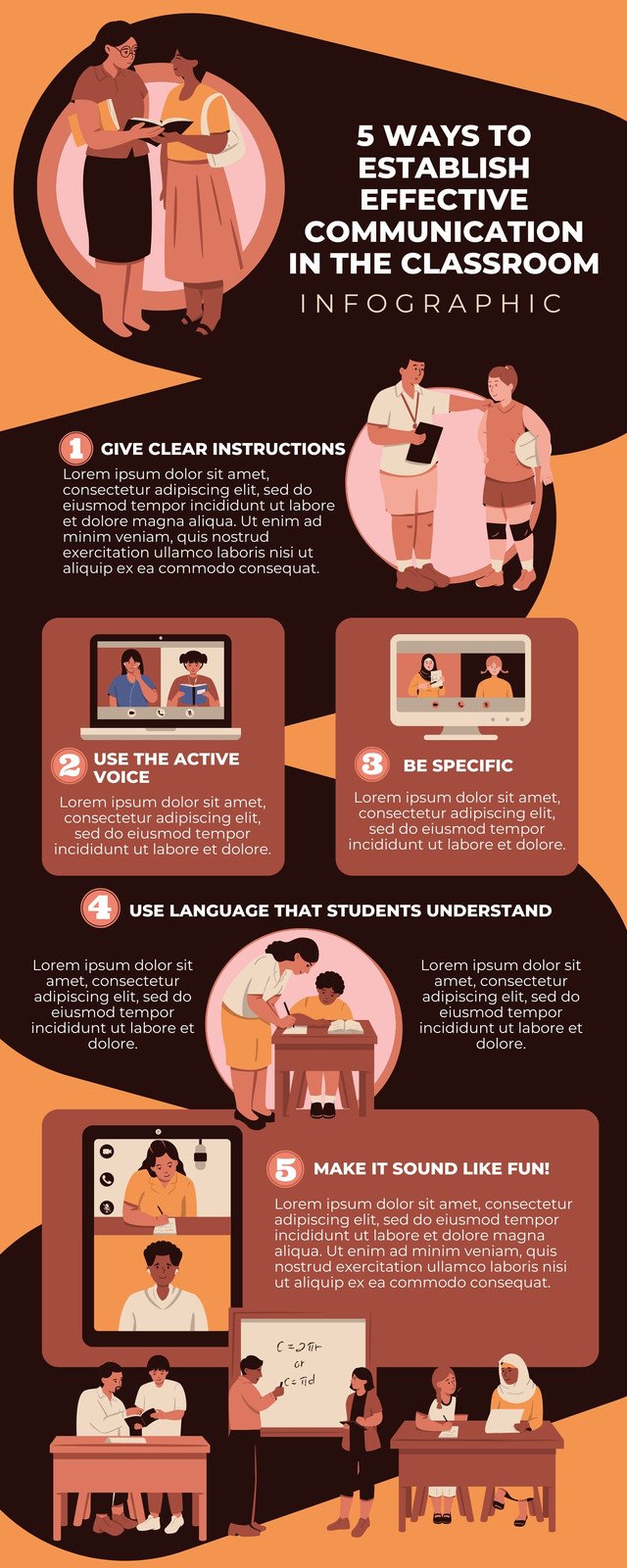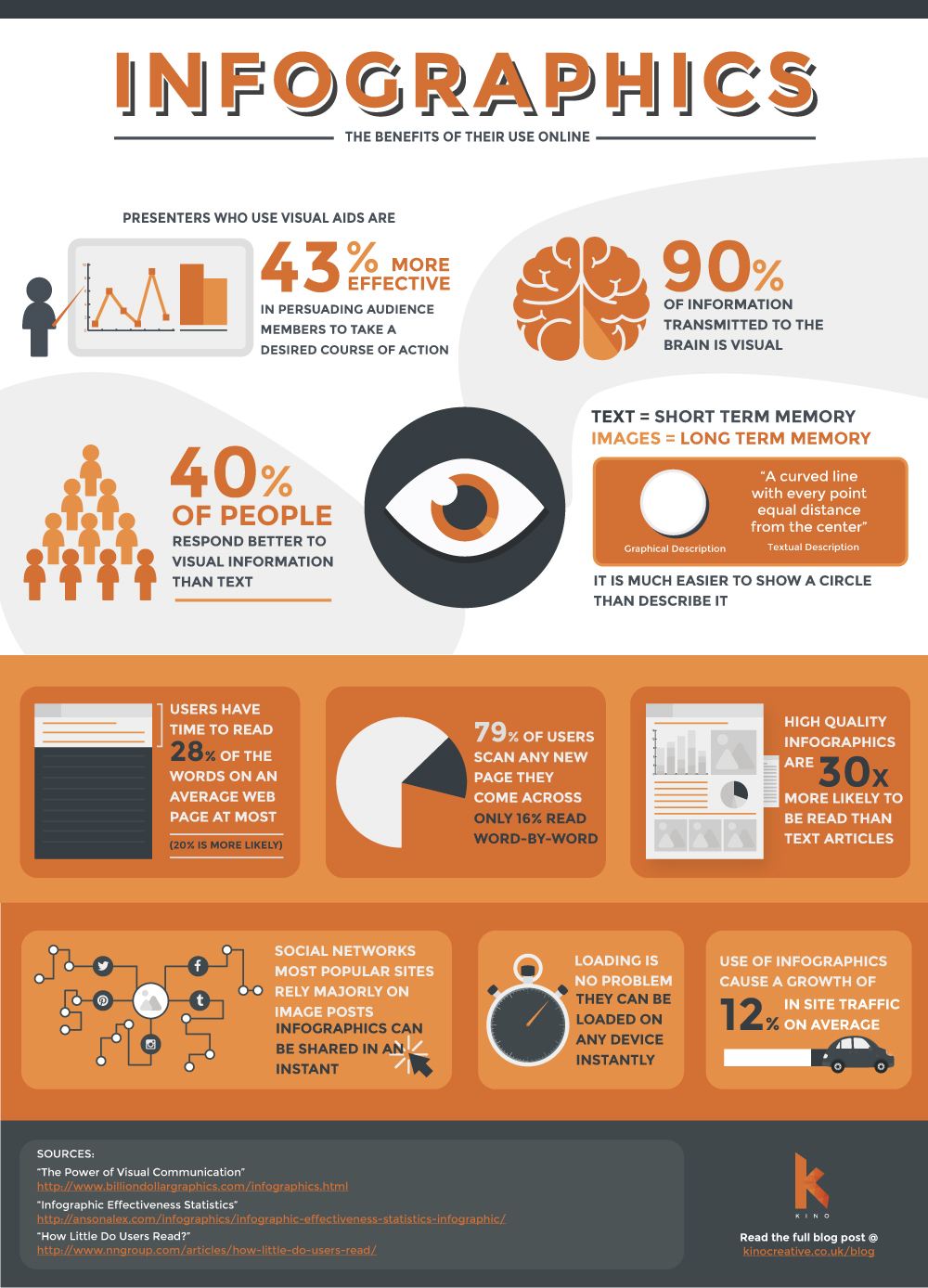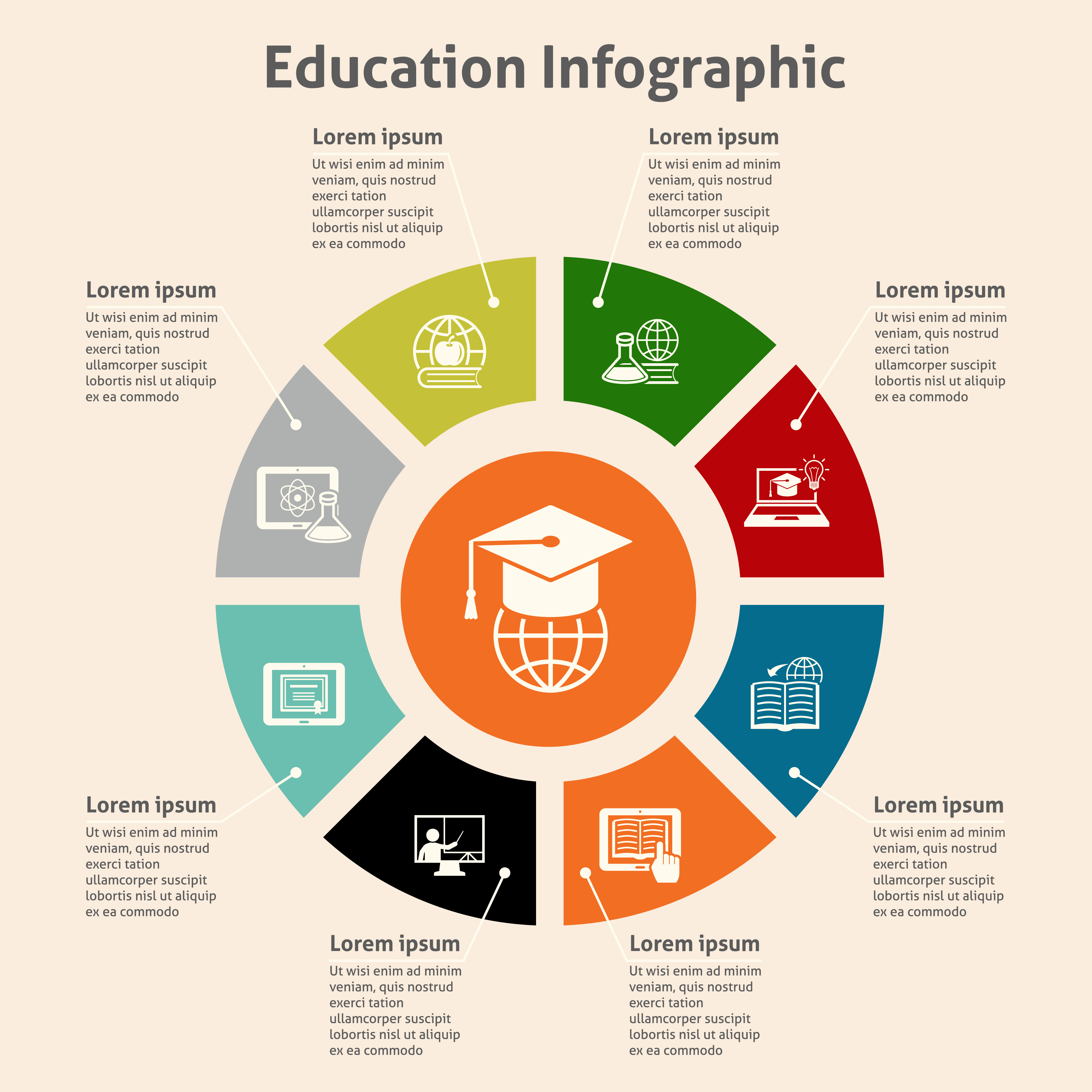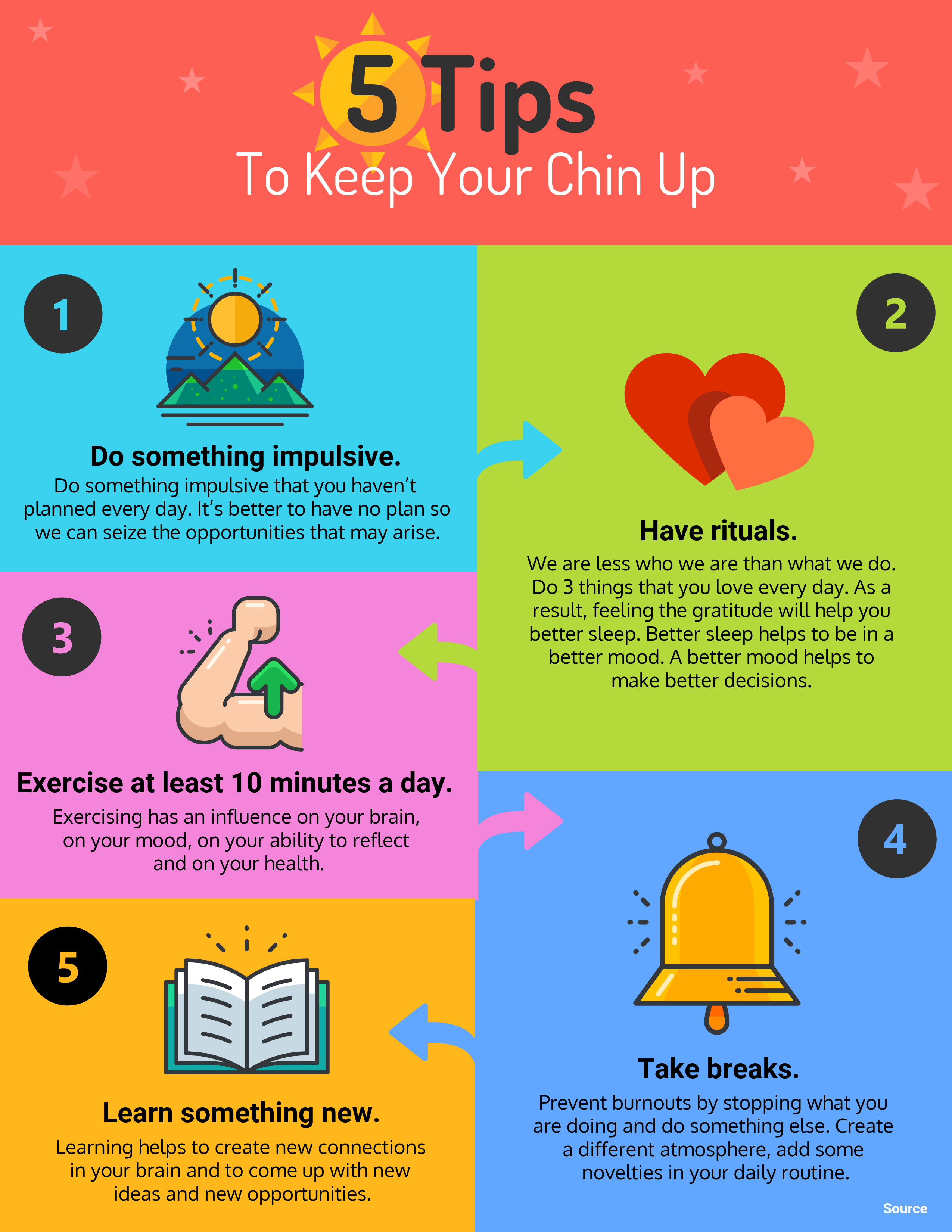Infographics can bring learning to life for kids, transforming complex ideas into engaging visuals that capture their attention. When done right, educational infographics become powerful tools that can help children grasp concepts easily and retain information longer. This guide delves into best practices for creating educational infographics that resonate with young learners, making that learning experience both fun and effective.
Creating Engaging Educational Infographics for Kids
Designing educational infographics tailored for kids requires an understanding of their unique ways of learning. Young learners respond well to visuals that are bright, colorful, and filled with relatable content. By implementing best practices, educators and content creators can ensure that infographics not only convey information but also spark curiosity and excitement. This approach helps bridge the gap between traditional learning methods and the visual learning preferences common among children.
Significance of Well-Designed Infographics
Well-crafted infographics serve as excellent educational tools that cater to diverse learning styles. For children, visuals can aid in processing information faster than text alone. By utilizing effective design elements and structures, infographics can foster better understanding and retention, leading to improved academic performance. They connect abstract ideas to real-world applications, making subjects like mathematics and science more relatable.
Timing and Context for Using Infographics
The strategic use of educational infographics can enhance various teaching moments. For instance, introducing a new topic with an infographic can pique students’ interest, while reviewing concepts with visual aids can reinforce learning before tests or projects. Such materials feel right at home in classrooms, learning centers, or even during home-schooling sessions. The flexibility to adapt these tools for different subjects and age groups makes them valuable at any time.
Advantages of Implementing Effective Practices
Implementing effective practices in creating educational infographics opens a world of possibility for enhancing children’s learning experiences. These visuals not only simplify complicated information but also encourage engagement, making learning enjoyable. Children are more likely to participate in discussions and ask questions when they can visually relate to the material. Such involvement nurtures critical thinking and creativity, preparing them for future learning challenges.
Frequently Asked Questions
- What are some key elements to include in an educational infographic for kids?
Key elements include vibrant colors, relatable illustrations, simple language, clear headings, and a logical flow of information.
- How can I ensure that my infographic is effective for children?
To ensure effectiveness, test your infographic with a small group of kids for feedback. Consider their responses on clarity, engagement, and enjoyment.
- How can infographics benefit children with different learning styles?
Infographics accommodate various learning styles by combining visual aids and text, catering to visual learners, auditory learners, and kinesthetic learners alike.
- Are there specific design tools to create educational infographics?
Yes, tools like Canva and Piktochart are user-friendly and offer templates specifically designed for educational infographics.
Best Practices for Creating Educational Infographics for Kids
The target audience of educational infographics is young learners, typically in elementary and middle school. My personal experience with creating infographics for my younger sibling made me realize how impactful visuals could be in making learning enjoyable. I designed a colorful infographic on the water cycle, incorporating playful illustrations and simple diagrams. This approach not only engaged him but also sparked his curiosity about nature and science. It was fulfilling to see him excited to learn and share what he discovered.

Final Thoughts on Best Practices for Creating Educational Infographics for Kids
Embracing best practices in the development of educational infographics opens up a treasure trove of opportunities for engaging young minds. Effective visuals enhance learning experiences, making education both fun and meaningful. By thoughtfully designing infographics tailored for children, we can inspire a lifelong love of learning and curiosity in the next generation.
If you are searching about Examples Of Infographics For Education you’ve visit to the right place. We have 10 Images about Examples Of Infographics For Education like Pin on Infographics!!!, Educational Infographics Templates and also Conjunto de infográficos de aprendizagem | Vetor Grátis. Read more:
Examples Of Infographics For Education

ar.inspiredpencil.com
Educational Infographics Templates

www.animalia-life.club
Infographics – The Benefits Of Their Use Online | Visual.ly

visual.ly
Online Learning Infographic

mavink.com
Education Infographics Royalty Free Vector Image

www.vectorstock.com
education infographics vector royalty
Pin On Infographics!!!

www.pinterest.pt
Best Infographics Maker Free – Ionsilope

ionsilope.weebly.com
Conjunto De Infográficos De Aprendizagem | Vetor Grátis

br.freepik.com
Education Infographics Template Including Different Elements Royalty

www.storyblocks.com
education infographics template elements different including stock
Infographic Tutorial Canva

www.animalia-life.club
Examples of infographics for education. Online learning infographic. Education infographics royalty free vector image



